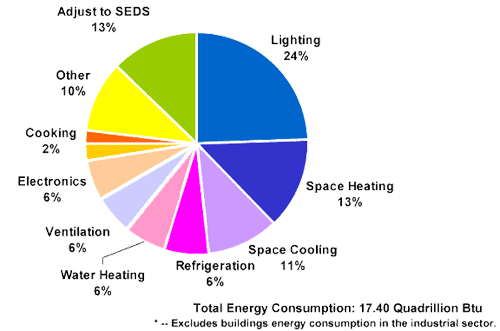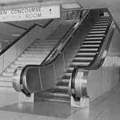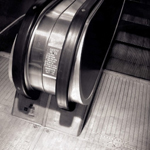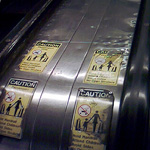There were disparities in the usage of the up and down escalators where one possible cause being that people were coming upstairs and remained upstairs beyond the scope of our observation interval. On the mezzanine level there was a café, DMV and hair salon which may very well exceed one hour, our observation interval.
There were many instances of people using the escalators for recreation, projecting a higher amount of usage for those particular days. We’re not frowning down upon the usage of the escalators this way, but such activity possibly skewed the data. The main possibility of this being a hindrance is that people would only run up the down escalators which adds only to one side of the escalator’s usage and leaves the up escalator “unbalanced.”
Just beyond the escalators a new Regal Cinemas movie theater had just opened during the four days we recorded data meaning that we may have had more traffic than usual.
Our projection of unoccupied time is based on six hours over four days. We tried to adjust for different times of the day and different times of the week to observe different loads of traffic. However, this is still a very small time frame. It would be of great benefit to be able to observe over a much larger period of time.
Because we couldn’t obtain values directly from the Valley River Center, we have projected values from MEEB and the U.S. Department of Energy to size our escalator unit and calculate the energy used for cooling.
The demand charge has been based off of the capacity of the motor, 3.73kW, as the demand of the whole mall cannot be taken into account.




